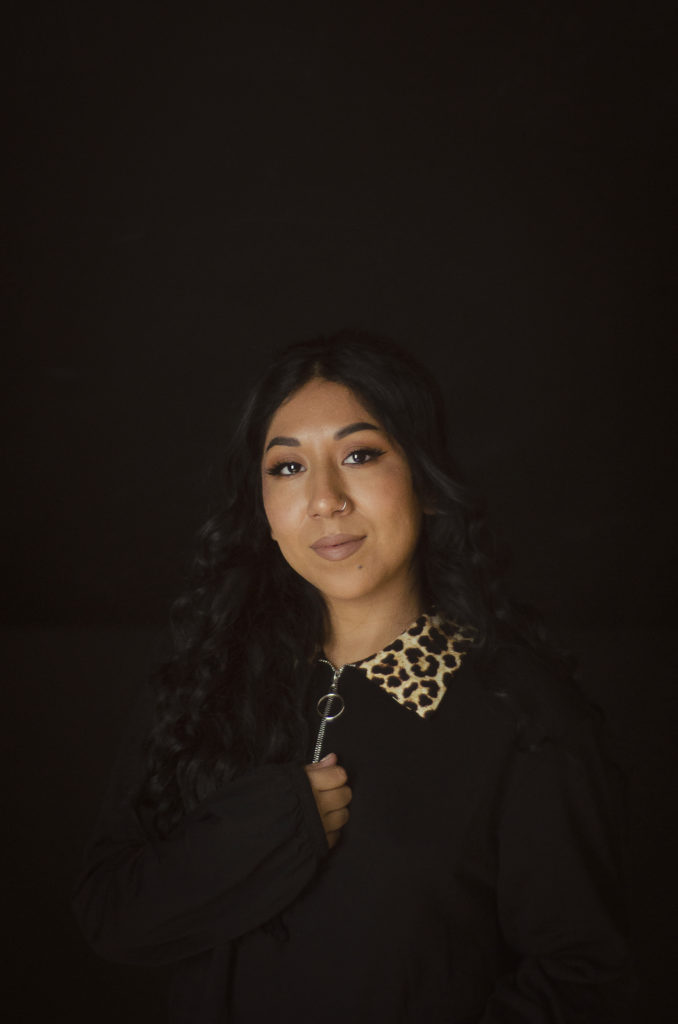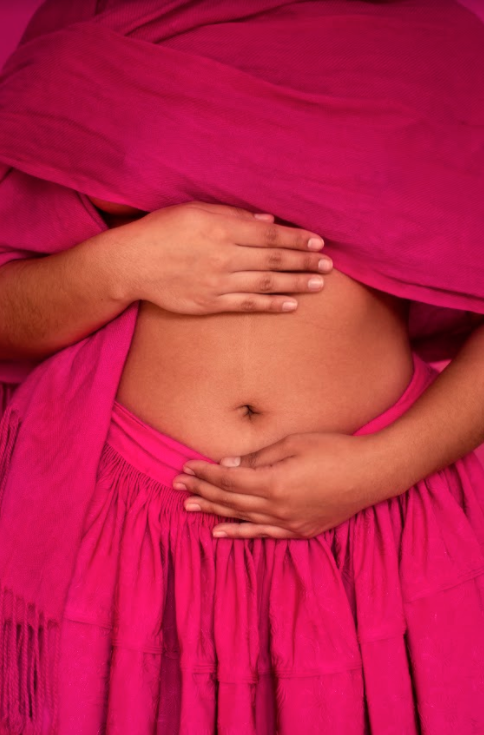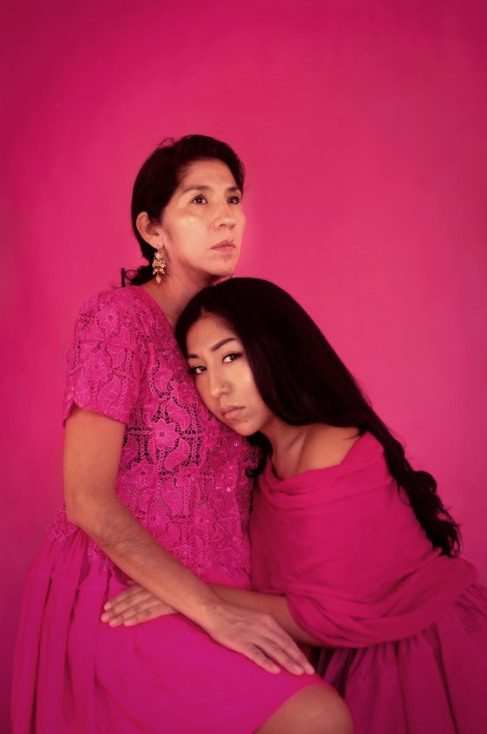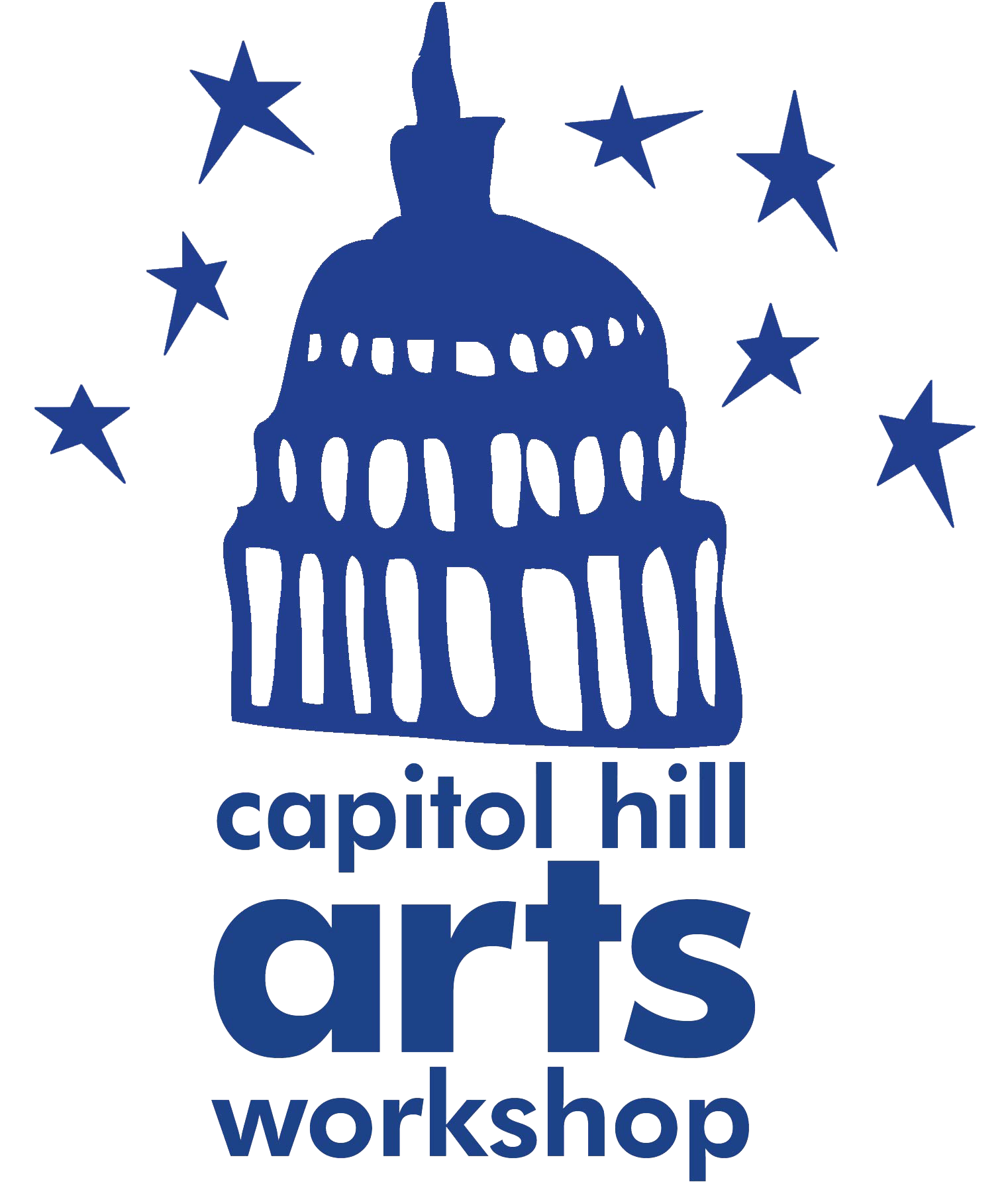For three months this winter, CHAW’s 2020 Darkroom Artist Resident Carol Antezana worked in the darkroom and digital photographic facilities at CHAW, dedicating time to a project about motherhood, womanhood, and the aguayo — a traditional Bolivian carrying cloth. Her exhibit is on view in the CHAW Gallery from March 9 to March 28th, with a reception and artist talk on March 21st from 5:00-8:00 p.m. at CHAW! Free and open to all.

Our Photography Chair Katherine Akey recently interviewed Carol and we’re excited to learn more! For more info on Carol, follow her on Instagram at @carol_antezana or visit her website at http://www.carolantezana.
Carol, tell us a little bit about you! How did you come to be an artist?
I had always had an affinity for art making- even as a child. From the age of 4-12 I remember spending new years eve drawing in my sketchbook alone at these huge Bolivian parties my family used to host/attend. Throughout my public school education I loved all the art classes I took and was always encouraged by my art teachers to keep creating. It wasn’t until my photography class in high school where I felt I found my preferred method of creativity and realized It was something I wanted to pursue in higher education. After receiving my BFA in fine art photography, I found myself taking a step back and allowing myself to take time to create work for myself. I have recently started to try to be part of the art community byt applying for art residencies and grants.

Why did you choose a residency at CHAW?
The residency at CHAW had been floating around my feed on my social media and thought this was a really unique opportunity since it included access to a darkroom. I thought I could incorporate the use of the darkroom for my proposal, but also felt I had other options since the residency also had access to a film scanner and large format printer. I also figured I wouldn’t have to commute very far if I was fortunate enough if I actually got it.

What was your initial proposal for this residency and how did your work change over the course of it?
My initial proposal was to create a body of work that explores the relationship between Bolivian mothers and their first generation American daughter(s). I had the intention of photographing all these women with different colored aguayos that best matched each one’s personality and region from bolivia their family was from. The whole inspiration I had for the project came out of my own personal need to connect with my own mother, so I decided to focus on self-portraiture. I tried shooting black and white film and color film, but the nature of self-portraits made it super difficult to capture the perfect image. I decided to go with digital photography, that was I can shoot as many times as I needed to capture the right essence for each image. The use of the actual aguayo in the series has also changed drastically. I initially wanted to use the woven fabric as the backdrop for all my images, but I opted to use the color (magenta) of my own mother’s aguayo as inspiration for the series. I would say that my initial proposal was a way to hide what I was actually afraid to showcase- learning to mend the estranged relationship with my mother through our culture and loss of child.

What’s next for you now that the residency is coming to a close?
I am currently working on sequencing and framing my images for the exhibition coming up at CHAW. However once this residency and show is over, I plan to continue developing this project. This residency has helped me explore many ideas and directions, but I feel like this is a starting point for something bigger.

Comments are closed